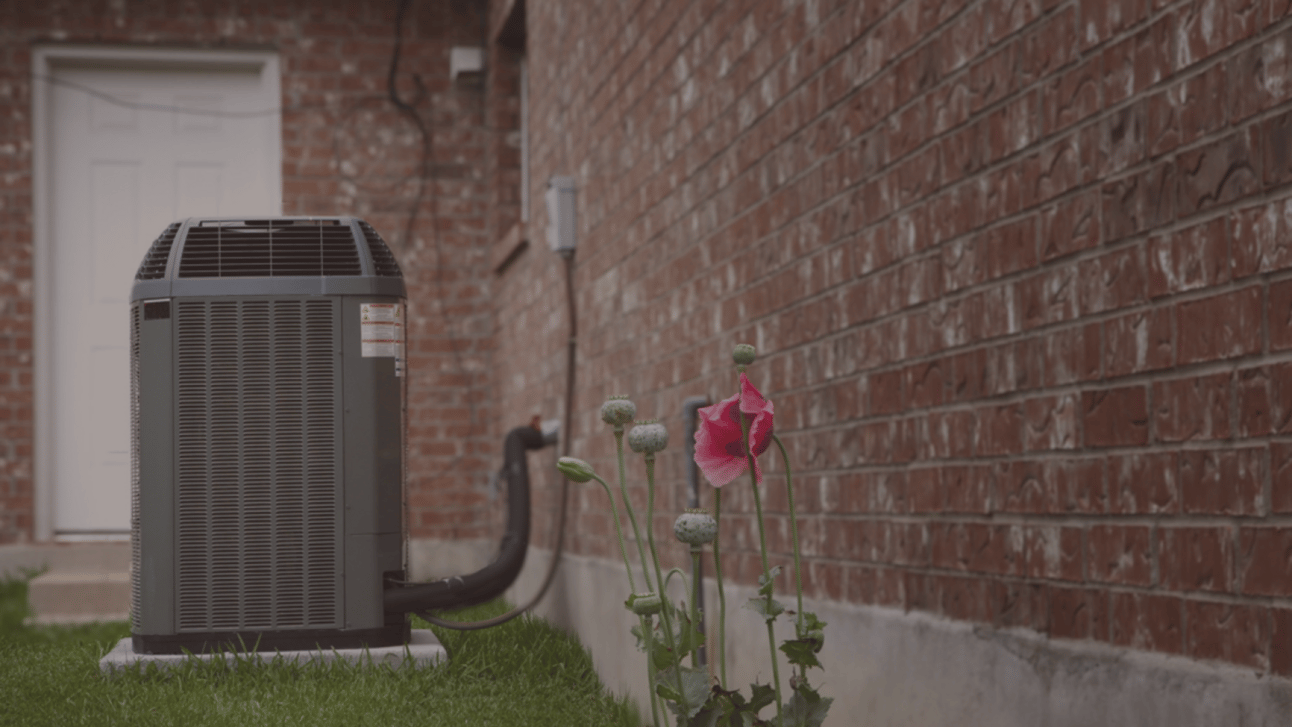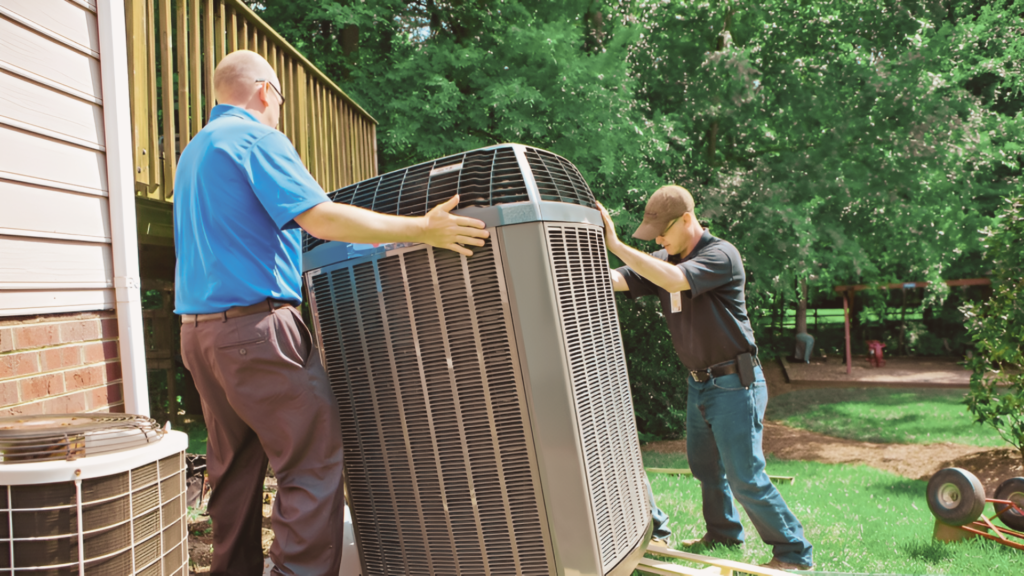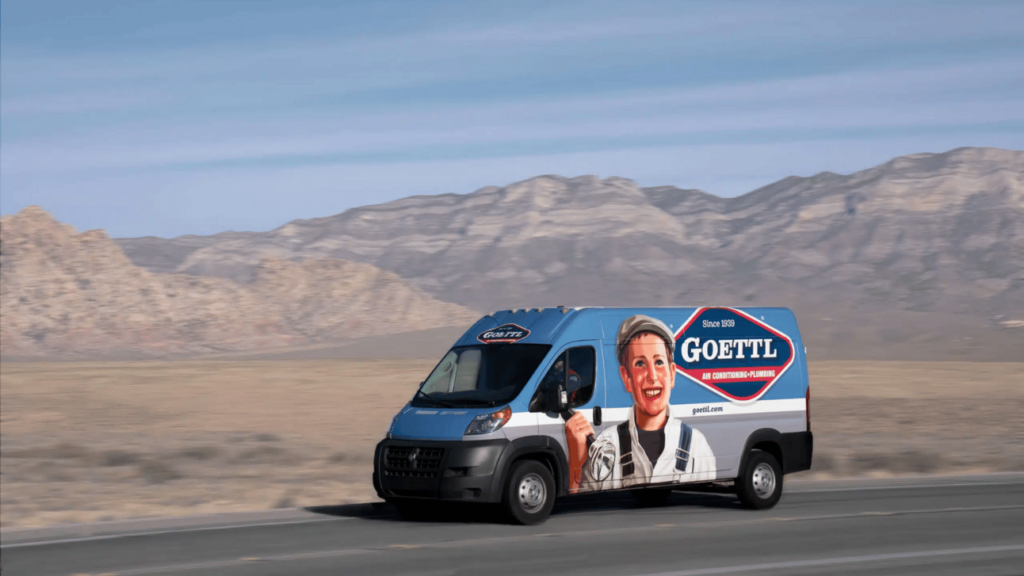Q&A: Multiples, IPOs, and what’s next in HVAC M&A
A couple weeks ago, I chatted with Will Schryver, a former investment banker currently putting together his own residential HVAC platform, about all things M&A-land

Image: Omicron Solutions
A couple weeks ago in Orlando, I chatted with Will Schryver, a former investment banker who’s advised on several HVAC transactions and is now putting together his own residential platform, about all things M&A-land.
In a random hotel hallway, we covered the state of dealmaking in HVAC, multiples, whether some platforms will go public, and more. Below is our conversation, lightly edited for clarity.
From your perspective, how would you describe contractor buying/selling activity in today’s market?
-
“It’s downshifted compared to the peak insanity of 2021 to 2022. Rates went up very quickly in 2023 and remain elevated, and that’s pared back buyer appetite. Buyers are selective right now.”
-
“They’ll move aggressively for the right opportunity, but they’re not taking a ‘shotgun’ approach — they’re taking a ‘rifle’ approach.”
What about multiples?
-
“For a period, especially last year, there was a spread between what buyers were willing to pay and what sellers were willing to accept. Sellers were still hanging on to multiples from 2021 to 2022 and it took some time for them to realize that those days are behind us.”
-
“They’re not crashing, but the environment’s changed. This year, I think folks are starting to wrap their heads around the fact that their business isn’t worth 10x anymore, but sure, it may be worth 7 or 8x.”
In your opinion, do multiples trend back upward next year?
-
“I can see this playing out: 12-18 months from now, let’s say rates come down, which everyone’s banking on, and the capital markets open up and you see someone like Apex go public.”
-
“If they trade in the mid-20s, that will re-rate everything down-market. Why? Because they can use it as currency and say if they’re trading at 25x, anything well south of that is accretive. That affords them the opportunity to pay up.”
-
“[But] if it trades at a worse multiple, that would not be good.”
There’s a lot of speculation about platforms going public, but do you think that actually happens?
-
“At [Apex’s] $350 million of EBITDA, the buyer universe gets so narrow. Eventually, Alpine, [Apex’s sponsor], will need to fully exit. Yes, the mega private equity funds like Apollo or KKR could come in, but at some point, the exit is an IPO.”
-
“I don’t know of anyone who’s explicitly said they’re gonna go public in the next couple years, but by their sheer size, they’re well in the range of a company you could take public.”
What are some things that owners should think about when selling their company to a platform?
-
“If the platform’s just forming, and you’re add-on number 2, you’re getting in at a very low share price. [But if] you’re joining Sila and you’re add-on number 20, you’re joining at an exceptionally higher share price.”
-
“You can still realize a 3x return, for example, but now Sila needs to go from $100 million [of EBITDA] to $300 million, which is a much heavier lift than going from $5 million to $25 million.”
Good point. Another thing could be where the platform is in its lifecycle, no?
-
“If they’re 4 years in, they’re likely thinking about going to market and monetizing it. I saw this with one of our former clients, and you’d have to ask an attorney, but they want late add-ons to not sell any equity when they re-capitalize.”
-
“They want you to hang on for the next ride, but you have no idea who the next partner is gonna be. So your liquidity event may be extended.”
-
“I don’t think people understand that. They just think they’ll get the second bite of the apple. But that second bite isn’t always the same size as others are getting based on timing.”
What’s your “crystal ball” take on the next 12-18 months?
-
“I see the macro environment improving — the AHRI data is confirming that — and that sets up for a pretty active M&A environment in 2025. Not just for PE-backed groups buying independents, but I think a lot of these platforms will start trading hands.”
-
“I looked at the number of platforms that were formed or acquired from 2019 to 2021, and there are a ton of them. Fast forward, we’re 4 to 5 years into that hold period and the clock is ticking — they need to monetize their investment.”
-
“I think it’d be fascinating to see a couple of these groups say, ‘Why don’t we merge?’ Maybe you combine a $25 million EBITDA platform in the Southeast with one in the Southwest and Mid-Atlantic, and overnight, you’ve created your own Sila.”
-
“Now, all of this goes out the window if we hit a deep recession or if some geopolitical event crashes the market, but [with an] improving macro environment, rates dropping, and the election behind us, 2025 should be a pretty healthy year.”
📬 Get our stories in your inbox
Keep reading
Lawmakers move to end HVAC tax credit
House Republicans on Monday released their long-awaited tax bill, which proposes eliminating a consumer-facing HVAC tax credit
Contractors optimistic, plan to expand service areas: Report
A roundup of takeaways from a survey of over 300 HVAC contractors nationwide, including 2024 performance, expansion plans, and more
SearchLight to work with Goettl on revenue attribution
March 18, 2024


